The Creation of the U.S. Constitution

The Birth of the U.S. Constitution
The Creation of the US Constitution
The United States Constitution is the cornerstone of American democracy, forming the foundation for the rights, laws, and freedoms that define American governance and establish its place among the most pivotal founding document in history. Drafted in 1787, the Constitution represents unity, governance, and the resilience the people of America found during the American Revolution.
After declaring independence on July 4, 1776, the American Colonies faced the challenge of establishing a unified government. In 1777, the Second Continental Congress wrote the Articles of Confederation, which were ratified on March 1, 1781.
Under the Articles of Confederation, there was no central government, no executive or judicial branch. The government did not coin money, tax citizens, regulate trade, or have a military. It was up to each state to govern these things individually.
Who Wrote the US Constitution?
The drafting of the Constitution took place during the Constitutional Convention in Philadelphia, Pennsylvania. Convened in the summer of 1787, the convention brought together some of the brightest minds of the era. Key contributors included:
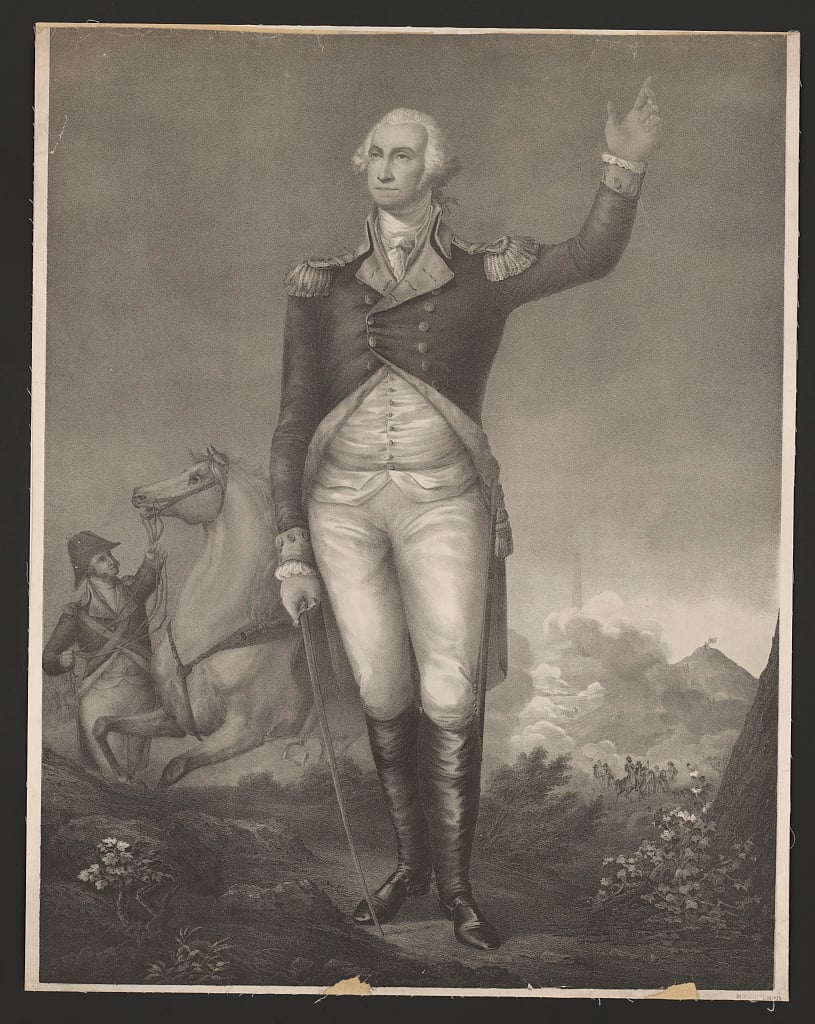
George Washington
Presided over the Constitutional Convention and helped guide its proceedings.
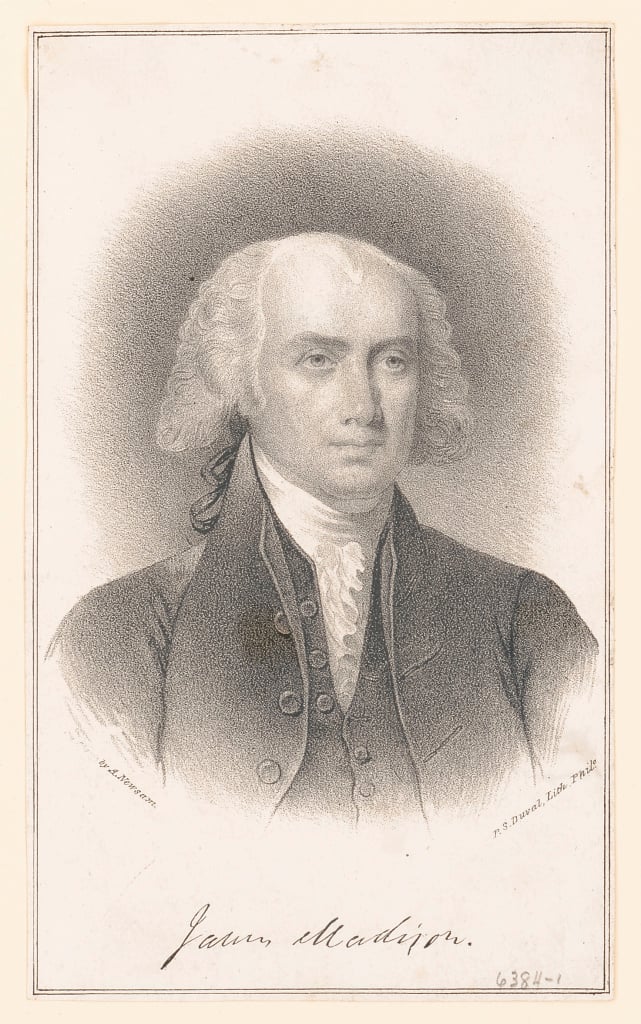
James Madison
often called the "Father of the Constitution," for his pivotal role in shaping its structure and guiding principles.
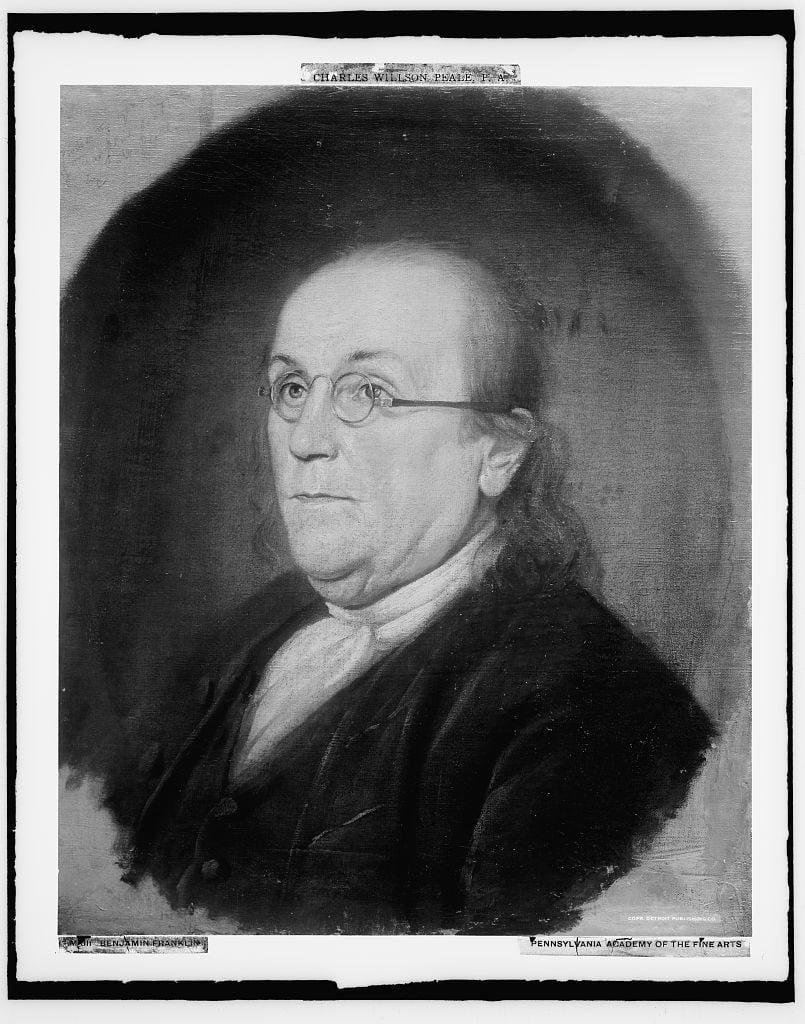
Benjamin Franklin
whose wisdom and diplomacy helped navigate conflicts during the convention.
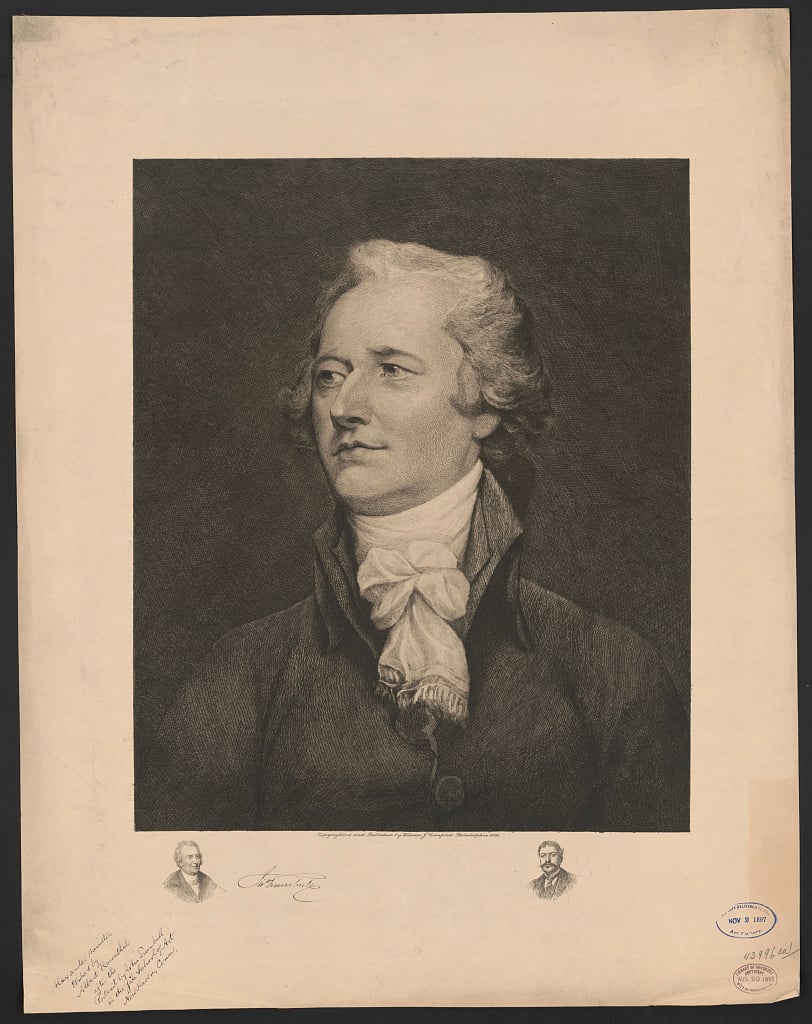
Alexander Hamilton
an advocate for a strong central government and co-author of the Federalist Papers.
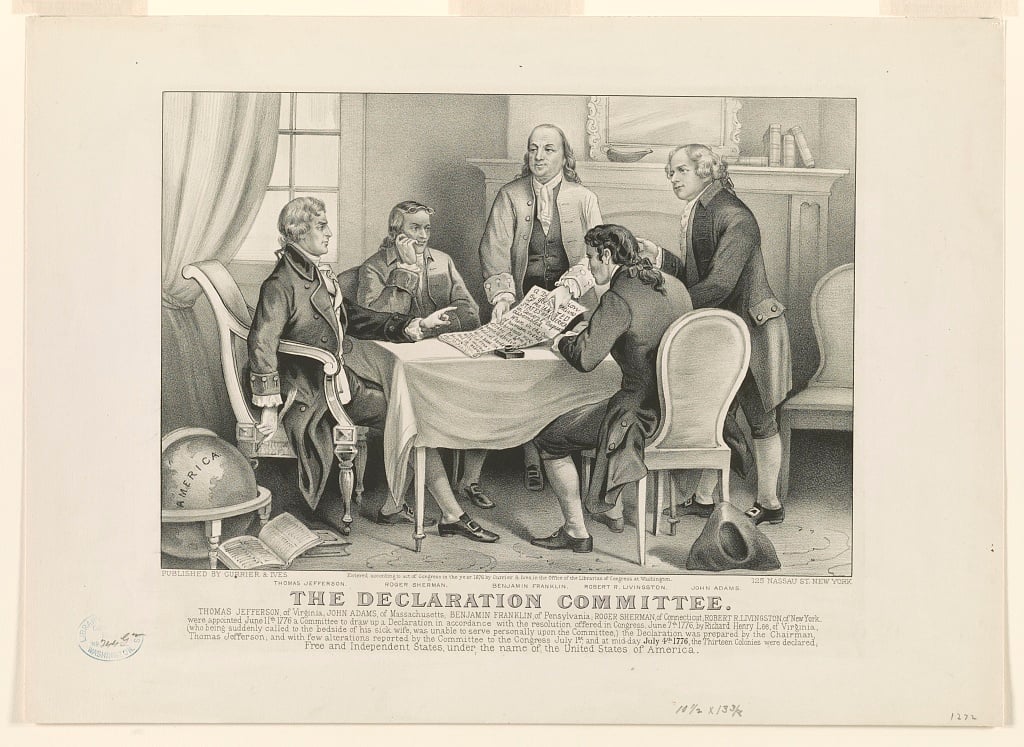
Roger Sherman
The only person to sign all four major founding documents of the United States: the Continental Association, the Declaration of Independence, the Articles of Confederation, and the Constitution.
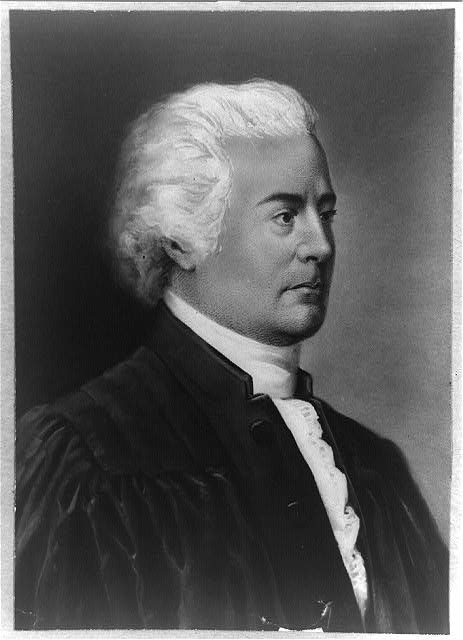
John Rutledge
he was instrumental in drafting the initial framework of the Constitution. Rutledge advocated for a strong central government while ensuring the protection of state sovereignty and economic interests, particularly regarding trade and taxation.
These visionaries worked tirelessly to craft a document that would govern a diverse and expanding nation. It would build the foundation for the invention of the star spangled banner and the country live in today!
Leading up to the U.S. Constitution
By 1787 and a decade after Betsy Ross created our first American Flag, it was apparent the new country needed a stronger form of central government. The country was bankrupt, having no treasury and extensive war debts; it had no centralized military and was open to attack; and there was no means of settling disagreement between the states.
On May 25, 1787, the historic Constitutional Convention convened in Philadelphia, a city renowned as the birthplace of American liberty. Delegates unanimously elected George Washington of Virginia to preside over the pivotal discussions that would shape the nation's future, which you can read all about with our Historical Reference Page! It was during this convention that delegates began discussing ways to revise the Articles of Confederation to make it stronger and give rise to a free society that would foster .
Delegate Edmund Randolph, Governor of Virginia, introduced the Virginia Plan on May 29, 1787. Primarily written by James Madison, the plan outlined three branches of government, with a system of checks and balances preventing abuse of power by any one branch, as well as a bicameral legislature with representatives based on state population.
The Virginia Plan was debated for more than two weeks, but the smaller states, fearing the loss of rights presented by a population-based legislature, wrote their own plan. William Paterson introduced the New Jersey Plan on June 15, 1787.
Under the Articles of Confederation, there was one Congress comprised of two to seven members from each state, but each state had only one vote. The New Jersey Plan was most notable for retaining an equal number of votes for each state regardless of its size and population.
Because each state had one vote, the delegates from a state had to be in agreement. Alexander Hamilton, one of three delegates from New York, was frequently overruled by the other two delegates from his state. Out of frustration, he proposed his own plan on June 18, 1787, known as the Hamilton Plan, or the British Plan, because it proposed a system of government much like Britain’s. His plan was not given serious consideration; it had been only a decade since America escaped British rule.
Heated debate continued over representation in Congress. The larger states favored the Virginia Plan, the smaller states the New Jersey Plan. By the end of June, there were serious threats to dissolve the convention without a resolution. On June 29, 1787, Roger Sherman, a well-respected delegate from Connecticut, proposed the Great Compromise: two legislative houses, one with equal representation for each state, and one with representation based on population. This solution was ultimately adopted and the convention moved forward.
Where Was the US Constitution Signed?
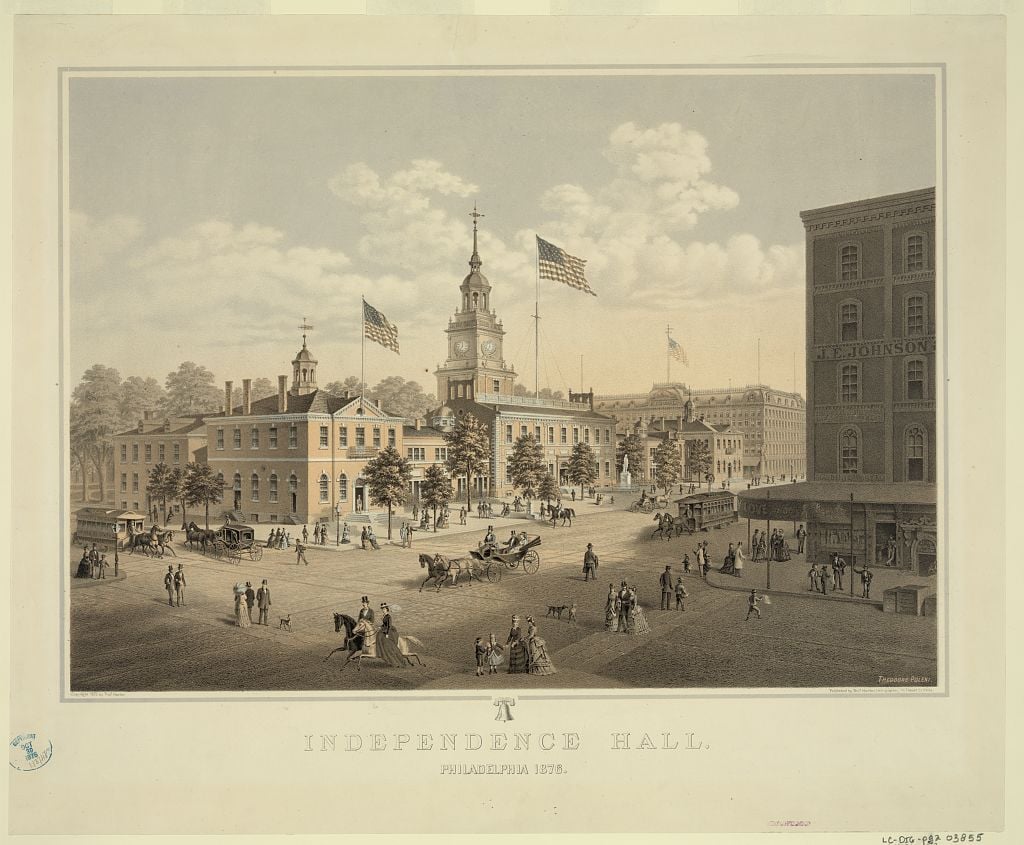
On September 17, 1787, delegates gathered at Independence Hall in Philadelphia to sign the final draft of the Constitution. This historic moment marked the beginning of a new chapter in American history. Today, Constitution Day is celebrated annually to honor this momentous occasion and its enduring significance.
The newly drafted Constitution was sent to the state legislatures for ratification. It became effective on June 21, 1788, when it was ratified by New Hampshire, the ninth state needed to complete a three-fourths majority. The remaining states continued to hesitate because the original Constitution did not contain a Bill of Rights.
The delegates represented the Federalists and the Anti-Federalists. Federalists favored a strong central government that limited states' rights, and the Anti-Federalists feared a too-powerful central government that would restrict state and individual liberties.
The debate for and against the inclusion of a bill of rights continued until September of 1789 when the First Federal Congress submitted a list of twelve amendments to the states for ratification. The first two items were not ratified; the remaining ten became the Bill of Rights.
The Bill of Rights and Key Amendments
While the original Constitution outlined the framework of governance, it did not fully encompass all of the values that the founding fathers wanted to protect for the future. Soon thereafter, it was supplemented with the Bill of Rights—the first 10 amendments ratified in 1791. These amendments were designed to protect individual freedoms and limit the powers of government.
Key highlights include:
- First Amendment: Ensures freedom of speech, religion, press, assembly, and petition.
- Second Amendment: Protects the right to bear arms.
- 14th Amendment: Guarantees equal protection under the law and due process, a cornerstone of civil rights.
Read more about the Bill of Rights here and take a look at our historical flags that will inspire the spirit of 76 and liberty in you!
Over time, the Constitution has been amended to reflect societal changes. It is an ever-evolving document, which leads to a lot of political discourse and debate in society today. So, how many amendments are in the US Constitution today? There are currently 27 amendments, each addressing the evolving needs of the nation.
US Constitution: A Living Document
The Constitution’s ability to adapt and endure is what makes it a "living document." Through amendments and judicial interpretation, it remains relevant in addressing the challenges of modern society.
- The 9th Amendment protects rights not explicitly listed in the Constitution, ensuring flexibility in interpretation.
- The 24th Amendment abolished poll taxes, a significant step in expanding voting rights.
The Preamble, starting with "We the People," reminds us that the Constitution is a product of collective will, uniting a diverse population under a common purpose. This adaptability has allowed the Constitution to guide America through times of change, conflict, and progress.
Today, the Constitution is on display at the National Archives in Washington, D.C. This cornerstone of Constitutional history and American foundational governance has guided the United States for more than two hundred years.
Explore More
Now that you’ve learned about the Constitution, take a look at the revolution that started it all - the reasons that led up to it, the people that mattered most - or look at the flags that defined the era. You can also explore our American Flags and historical flag collections like the Revolutionary era flags that are available on our website 24/7.